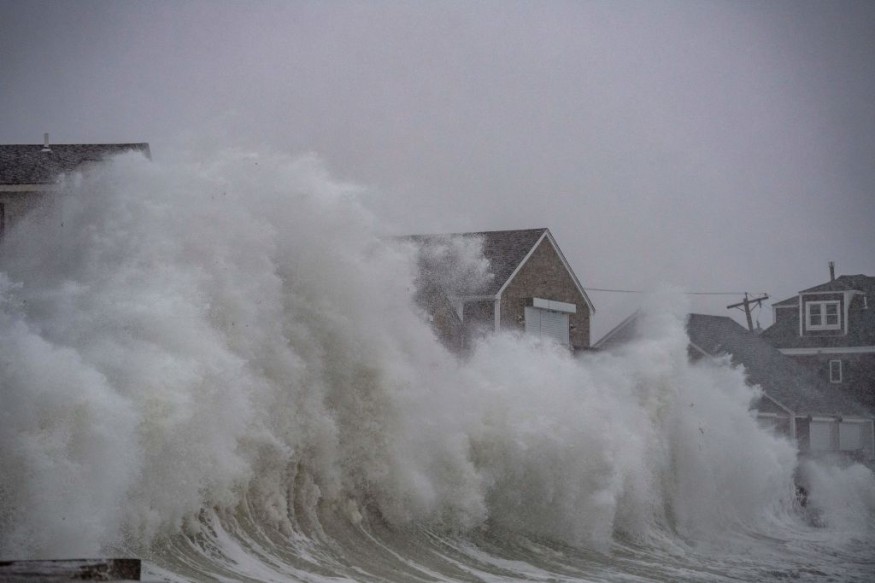Climate change has been found to be a potential driver of bomb cyclones and the polar vortex affecting the US, according to reports.
This confirms the data present by recent research that the warming of the planet leads to frequent and more violent extreme weather events, including storms.
Blaming Climate Change

In previous years, scientific studies show that extreme weather events, other than bomb cyclones and polar vortexes, like heat waves and large storms are likely to become more frequent or more intense due to human-induced climate change, according to the US' Environmental Protection Agency (EPA).
The EPA states that since 1901, average temperatures have risen across the Lower 48 states with an increased warming in the last 30 years.
The increase temperatures not only bring dry conditions and hot weather but also causes or amplifies extreme weather events like heat waves, precipitation, and tropical cyclone activities.
Based on recent assessments, climate change could be causing bomb cyclones and unstable polar vortex.
Judah Cohen, an MIT climatologist and a seasonal forecasting director at Atmospheric and Environmental Research, told Newsweek that as average global temperatures increase, winter temperatures are increasing at a slower rate as well.
What are Bomb Cyclones?
Bomb cyclone is a term often used by meteorologists in their reports and forecast when pertaining to winter hurricanes with heavy snowfall, chill winds, and extremely cold temperatures.
In recent days, a powerful winter storm has been forecasted to intensify into a bomb cyclone by the end of the week, affecting a large portion of the central and eastern US.
According to The Weather Channel, a bomb cyclone refers to a rapidly intensifying low pressure area and it comes from the meteorological term "bombogenesis" in which the National Oceanic and Atmospheric Administration (NOAA) describes it as a drop of the pressure of the low pressure system to at least 12 millibars in 24 hours.
These millibars measure atmospheric pressure.
However, it must be clarified that bomb cyclones are not similar to hurricanes, which are storm systems from the East Pacific Ocean or Atlantic Ocean involving heavy rain and hurricane-force winds.
If bomb cyclones are common during the winter season from December to February in North America, hurricanes become frequent during hurricane season from June to November in the US each year.
What is the Polar Vortex?
Another weather phenomenon of interest is polar vortex, which is reportedly responsible for the winter storm that has struck the US in recent days.
In recent years, polar vortex has been reported to had blanketed Canada and the US with a massive region of cold air and freezing temperatures.
Still, the question remains what really is the polar vortex?
According to the National Weather Service (NWS), the polar vortex is a large area of low pressure and cold air which surrounds both of the Earth's North Pole and South Pole, adding that it always exists near the poles but weakens during the summer and strengthens in winter.
The term "vortex" refers to the counter-clockwise movement of air that helps keep the colder air near the Earth's poles.
The NWS says that the term polar vortex has only been recently popularized featured in weather reports, especially in the US.
However, the weather phenomenon is not only confined in the US, since it can also be found in portions of Europe and Asia, which also experience the surge of cold air connected to the polar vortex.
© 2025 NatureWorldNews.com All rights reserved. Do not reproduce without permission.





